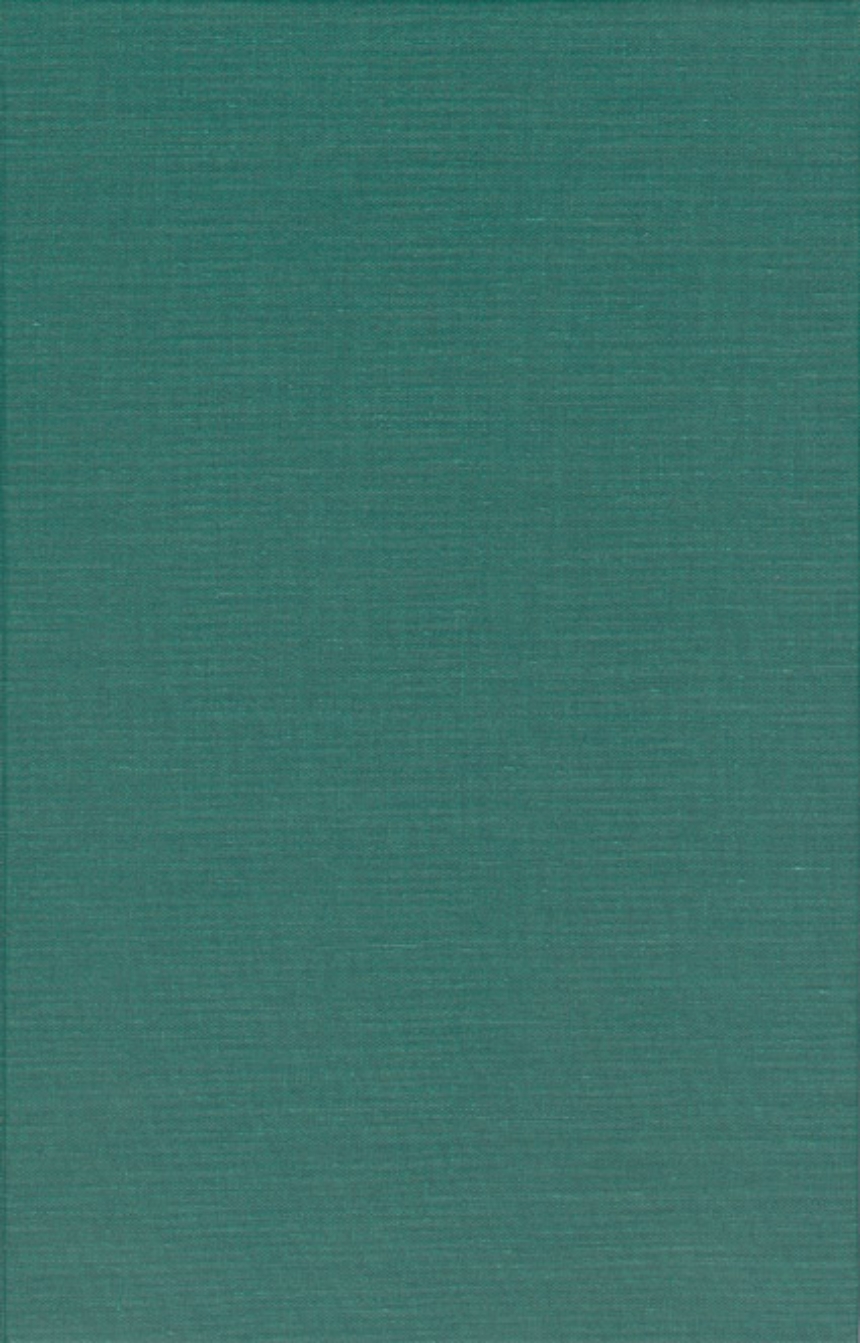Center for the Study of Language and Information
Japanese/Korean Linguistics, Volume 15
9781575865225
Distributed for Center for the Study of Language and Information
Japanese/Korean Linguistics, Volume 15
Japanese and Korean are typologically quite similar languages, and the linguistic phenomena of the former often hve counterparts in the latter. These collections from the annual Japanese/Korean linguistics conference include essays on the phonology, morphology, syntax, semantics, historical linguistics, discourse analysis, prosody, and psycholinguistics of both languages. Such comparative studies deepen our understanding of both languages and will be a useful reference to students and scholars in either field.
Table of Contents
Acknowledgments
Discourse-Functional Correlates of Argument Structure in Korean Acquisition
Patricia M. Clancy
On the Grammaticalization of Motion Verbs: A Japanese-Korean Comparative Perspective
Masayoshi Shibatani and Sung Yeo Cheung
Part I
Discourse and Sociolinguistics
Prosodic Analysis of the Interactional Particle Ne in Japanese Gendered Speech
Victoria Anderson, Mie Hiramoto, and Andrew Wong
Grammatical Features of Yokohama Pidgin Japanese: Common Characteristics of Restricted Pidgins
Aya Inoue
Construction of Units and Interactive Turn Spaces in Japanese Conversation
Shimako Iwasaki
The Korean Topic Marker nun Revisited: nun as a Tying Device
Kyu-Hyun Kim
Dealing with Changes: Discourse of Elderly Japanese Women
Yoshiko Matsumoto
Where, How and Why Do Passives in Japanese and Korean Differ? A Parallel Corpus Account
Prashant Pardeshi, Qing-Mei Li, and Kaoru Horie
A Claim-of-Reanalysis Token e?/e- within the Sequence Structure of Other Repair in Japanese Conversation
Maki Shimotani
Cognition through the Lens of Discourse and Interaction: The Case of -kwun, -ney, and -tela
Susan Strauss and Kyungja Ahn
Part II
Grammaticalization
Different Faces of Equality: Grammaticalization of Equative Comparatives in Korean
Seongha Rhee
From Classifier Construction to Scalar Construction: The Case of the Japanese N hitotu V-nai and N 1-numeral classifier V-nai Constructions
Osamu Sawada
From Quotative Conditionals to Emotive Topic Markers: A Case of tteba and ttara in Japanese
Rumiko Shinzato and Satoko Suzuki
Frequency Effects in Grammaticalization: From RElative Clause to Clause Connective in Korean
Sung-Ock Sohn
Part III
Phonology and Morphology
Prosodically Conditioned Ellipsis and Lexical Integrity in Sino-Japanese Morphology
Hitoshi Horiuchi
The Feature Hierarchy of Korean Consonants in Speech Errors
Kyung-Shim Kang
Rock Rhymes in Japanese Hip-Hop Rhymes
Natsuko Tsujimura, Kyoko Okamura, and Stuart Davis
On Neutral Vowels in Korean Vowel Harmony
Gwanhi Yun
Part IV
Processing and Acquisition
Object Control in Korean: Structure and Processing
Nayoung Kwon and Maria Polinsky
The Acquisition of Relative Clauses in Japanese: A Comparison with Korean
Hiromi Ozeki and Yasuhiro Shirai
Inalienable Possession Relation in Processing Korean Double Accusative Constructions
Kyung Sook Shin
Gap-filling vs. Filling Gaps: Event-Related Brain Indices of Subject and Object Realative Clauses in Japanese
Mieko Ueno and Susan Garnsey
Part V
Syntax and Semantics
On What Makes Korean HOW Island-Insensitive
Daeho Chung
NPI Licensing in Korean Modal Constructions
Iljoo Ha
In Search of Evidence for the Placement of the Verb in Korean and Japanese
Chung-Hye Han
Temporal Order in Japanese Toki-ni Sentences: An Event-Structural Account
Makiko Irie
Scrambling, Resumption and Scope of Neg
Kiyoko Kataoka
Non-veridical Use of Japanese Expressions of Temporal Precedence
Stefan Kaufmann and Yukinori Takubo
What Exactly Intervenes What?
Ae-Ryung Kim
A Contrastive Study of Resultative Constructions in Korean and Japanese: From the Perspective of Historical and Cognitive Linguistics
Yong-Taek Kim
Syntactic Change from Connective to Focus Particles in Japanese
Tomohide Kinuhata
Until in English and Japanese
Kiyomi Kusumoto
Sekkaku
Eric McCready
Verbs of the ’Put-On’ Class and Their Peculiarity in Korean
Minjeong Son
Two Types of Modal Auxiliaries in Japanese: Two Directionalities in Inference
Yukinori Takubo
Index

